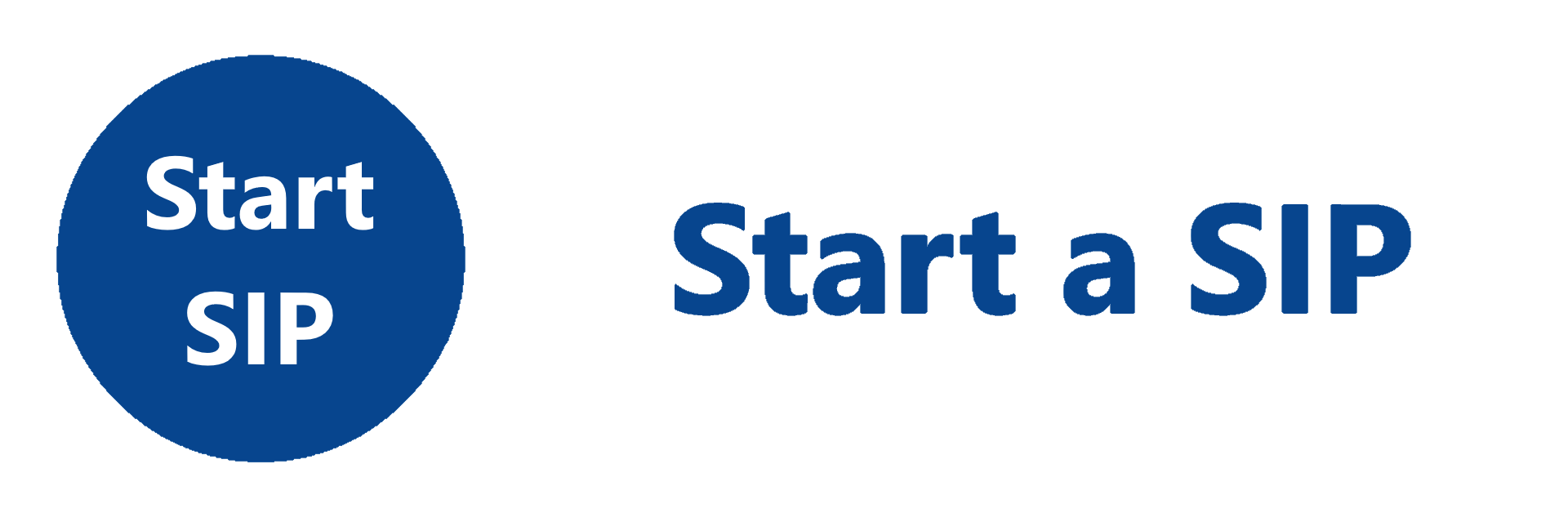

What is Risk Profiling?
It is commonly known that equity markets are majorly associated with risks. If we refer to a financial definition, risk refers to volatility in the financial market. However, several investors associate the term with a financial loss or uncertain fluctuations.
Since financial risks have a significant bearing on individuals' investment decisions, it is crucial to understand the risk profile to manage such risks effectively.
-
What is a Risk Profile?
A risk profile is the quantification of an investor's overall risk tolerance.
-
The risk profile is different for every individual investor. It depends on tolerance capacity to risk or market volatility. Several factors contribute to such tolerance levels, including disposable income, age, etc.
-
Therefore, risk profiling helps an investor and financial advisor to create a suitable investment portfolio with a mix of securities correlating to his/her risk appetite.
-
For instance, an investor who prefers to maintain the value of their portfolio than aiming for high or even moderate returns will be considered conservative. On the other hand, an individual prepared to withstand market volatility to earn exponential returns is a classic instance of an aggressive risk profile.
-
Types of Risk Profiles
Broadly, the risk profile is distinct into three different types. These further constitute various subtypes based on variations in the factors mentioned above.
The three broad types of risk profiles are:
-
 Conservative Risk Profile
Conservative Risk Profile A Conservative risk profile is referred to as a significantly low-risk aptitude. Investors with this risk profile will prefer investment alternatives that ensure the safety of the invested corpus. The return amount is a secondary factor as long as it is not negative to conservative investors. Usually, a conservative risk profile accounts for a short investment horizon. Investment options for low-risk-takers or conservatives may include sovereign bonds, treasury bills, corporate bonds, debt mutual funds, etc.
-
 Moderate Risk Profile
Moderate Risk Profile Moderate risk-takers usually pursue to maintain a balance between returns and risk. These individuals will go for high returns scaled to an agreeable level of risk. Therefore, a moderate risk-takers portfolio will constitute a reasonable share of equities with debt instruments for adequate risk dilution. Such risk-takers can also individually invest in equity-based mutual funds.
-
 Aggressive Risk Profile
Aggressive Risk Profile This Risk Profile exhibits the most willingness to withstand market volatilities in the expectation of earning exponential returns. Usually, these investors are seasoned and well-versed in the stock markets. Such investors usually have a long-term investment horizon. Therefore, they can hold short-term volatilities. These investors predominantly prefer equities and typically have a healthy balance of assets & liabilities.



-
You may align your risk profile for effective financial planning based on your risk appetite. This can differ from one goal to another. For example, if your focus is to create an emergency corpus, you need higher liquidity and lower short-term risk. Therefore, you may invest in a liquid fund.
-
On the other hand, if your aim is retirement planning, and you have great years in hand, you may invest in a fund with moderately high risk or more if you are willing to do so.
-
Therefore, you can make your risk-return combination by matching your risk appetite. To understand this better, you may even seek financial advice from a financial advisor.
How to use Risk Profiling?
Conclusion
Every investor has a unique perception of risk. Therefore, measuring an investor's risk appetite is vital for risk profilers. They do this to ensure that you are not sold a riskier investment than you can handle. Even if you can measure your risk appetite, ensure that you evaluate your need, ability, and willingness to take a risk.
“Visit here https://licmf.info/KYCredressal to learn more about KYC requirements, SEBI Registered Mutual Funds and Grievance redressal.”
Disclaimer: The views expressed herein are based on internal data, publicly available information and other sources believed to be reliable. Any calculations made are approximations, meant as guidelines only, which you must confirm before relying on them. The information contained in this document is for general purposes only. The document is given in summary form and does not purport to be complete. The document does not have regard to specific investment objectives, financial situation and the particular needs of any specific person who may receive this document. The information / data herein alone are not sufficient and should not be used for the development or implementation of an investment strategy. The statements contained herein are based on our current views and involve known and unknown risk and uncertainties that could cause actual results, performance, or event to differ materially from those expressed or implied in such statements. Past performance may or may not be sustained in the future. LIC Mutual Fund Asset Management Ltd. / LIC Mutual Fund is not guaranteeing / offering / communicating any indicative yield on investment made in the scheme(s). Neither LIC Mutual Fund Asset Management Ltd. and LIC Mutual Fund (the fund) nor any person connected with them, accepts any liability arising from the use of this document. The recipients before acting on any information herein should make his/her/their own investigation and seek appropriate professional advice and shall alone be fully responsible / liable for any decision taken on the basis of information contained herein.
MUTUAL FUND INVESTMENTS ARE SUBJECT TO MARKET RISKS, READ ALL SCHEME RELATED DOCUMENTS CAREFULLY.
















